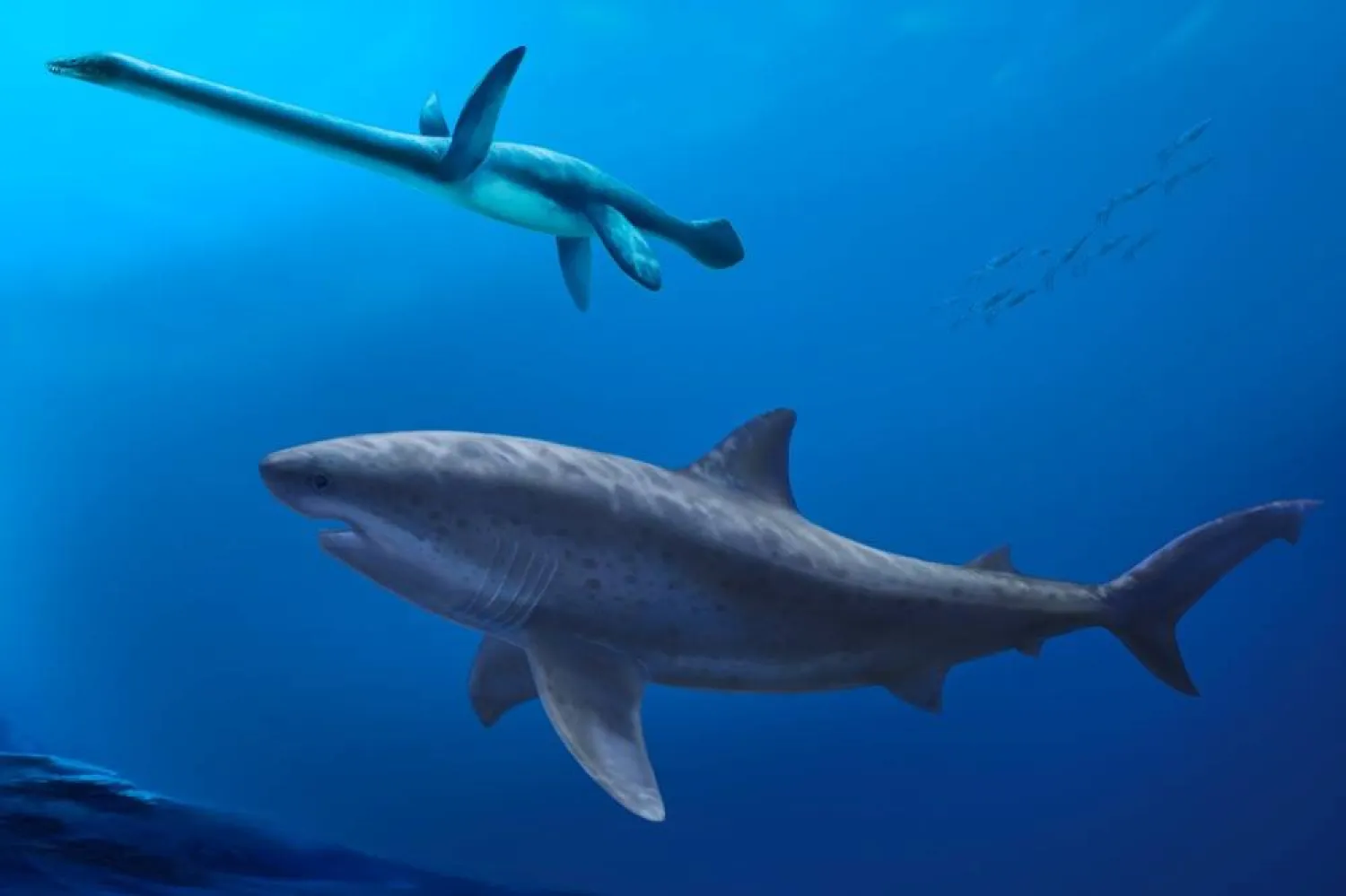A new dinosaur fossil revealed that the show-off tendency in some birds, mostly peacocks, dates back to millions of years.
The new species, Ubirajara jubatus (the Latin meaning of the Lord of the Spear), was chicken-sized with a mane of long fur down its back and stiff ribbons projecting out and back from its shoulders, features never before seen in the fossil record. It is thought its flamboyant features were used to dazzle mates or intimidate foes.
An international team of scientists from the University of Portsmouth, and the State Museum of Natural History, Karlsruhe, Germany discovered the new species while examining fossils in Karlsruhe´s collection. The study was published on December 14 in the journal Cretaceous Research.
"What is especially unusual about the beast is the presence of two very long, probably stiff ribbons on either side of its shoulders that were probably used for display, for mate attraction, inter-male rivalry or to frighten off foes," said the study's lead author David Martill in a report published on the website of the Portsmouth University.
The ribbons are not scales or fur, nor are they feathers in the modern sense. They appear to be structures unique to this animal, which makes one ask: Why adorn yourself in a way that makes you more obvious to both your prey and to potential predators? "The truth is that for many animals, evolutionary success is about more than just surviving, you also have to look good if you want to pass your genes on to the next generation," Martill explained.
Modern birds are famed for their elaborate plumage and displays that are used to attract mates -- the peacock's tail and male birds-of-paradise are textbook examples of this. Ubirajara shows us that this tendency to show off is not a uniquely avian characteristic, but something that birds inherited from their dinosaur ancestors, as indicated this unique fossil.
Ubirajara jubatus lived about 110 million years ago, during the Aptian stage of the Cretaceous period, and is closely related to the European Jurassic dinosaur. It is the first non-avian dinosaur to be described from Brazil's Crato Formation, a shallow inland sea laid down about 110 million years ago.









